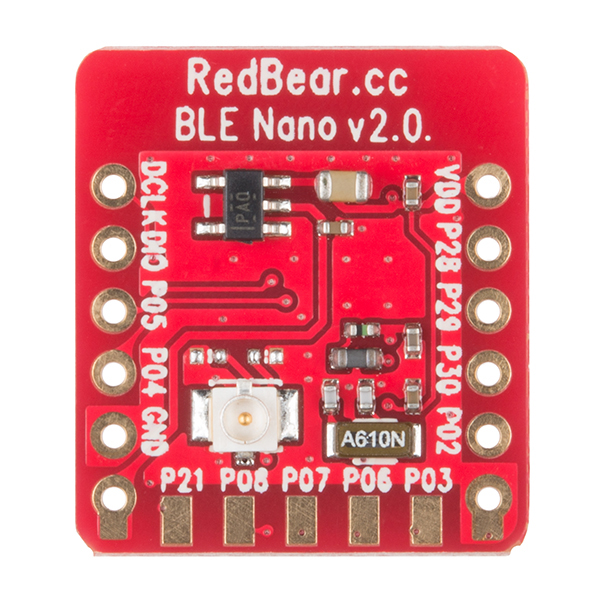Hello,
i'm using the BLE Nano v2 with the nrf52832 on it and a DAPLink USB-Dongle. IDE is Eclipse with gcc and SDK v14.2. My current aim is to do an OTA DFU so I tried the bootloader_secure_ble example following these steps: devzone.nordicsemi.com/.../getting-started-with-nordics-secure-dfu-bootloader
I've customised the leds_init() & buttons_init() function to match my board, updated the dfu_public_key.c file and flashed it together with the s132 softdevice v4.0, my application and a settings page via drag and drop. My application runs fine and I also get into dfu mode by pressing the button -> LED lights up. But there's no advertising. Also, if in dfu mode, the bootloader doesn't jump back to my application after the time specified in the sdk_config.
I don't know what I'm doing wrong, but I think it must be something essential.. Hope you can give me some help.
Thanks in advance
Markus



